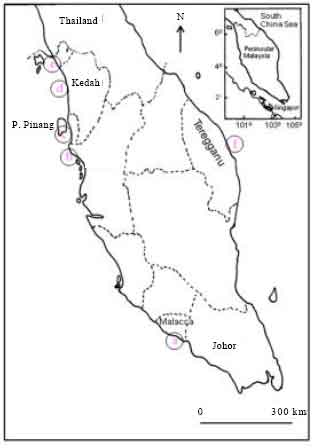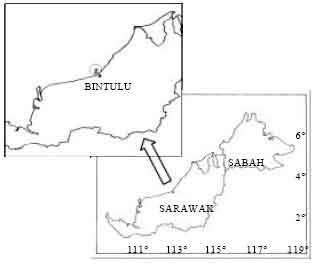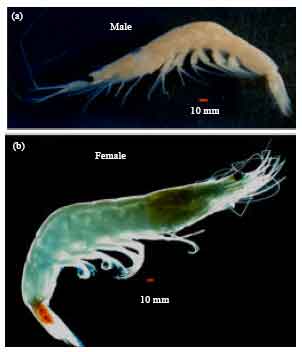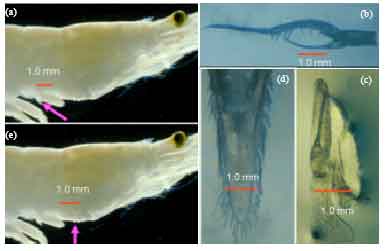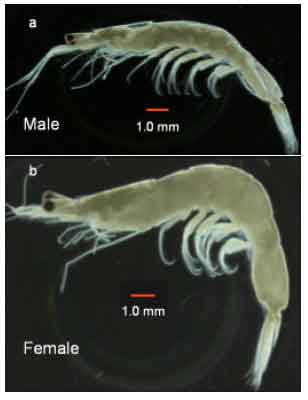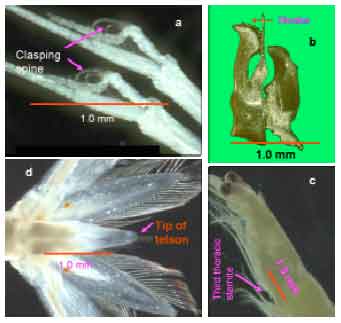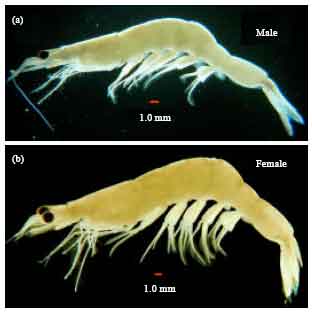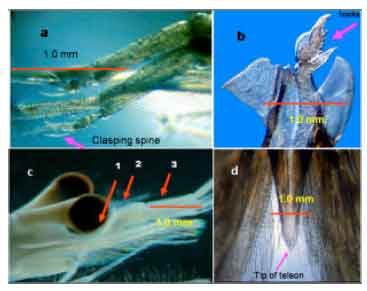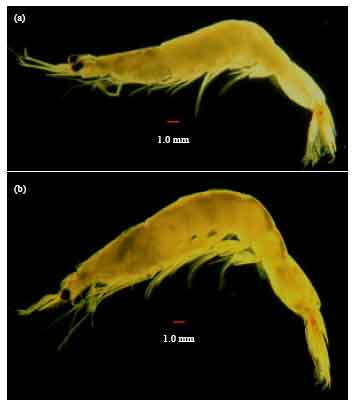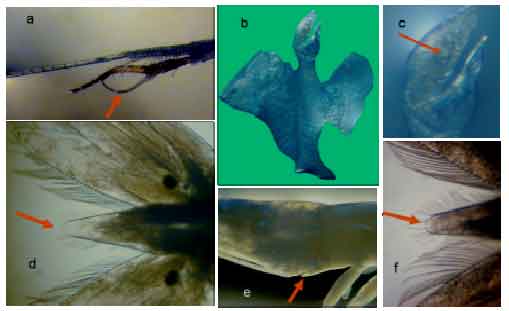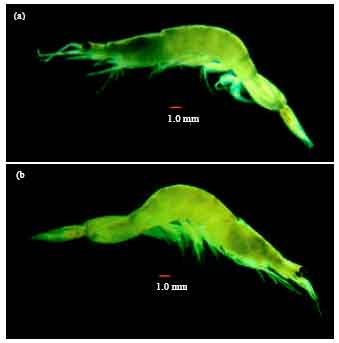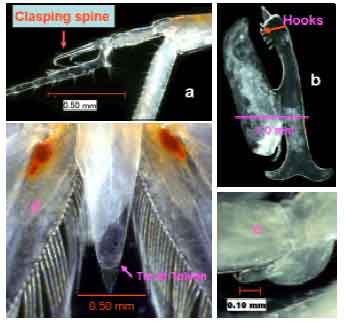Research Article
Update on the Species Composition and Distribution of Sergestid Shrimps (Acetes spp.) in Malaysian Waters
Department of Aquaculture, Faculty of Agriculture, Universiti Putra Malaysia, 43400 UPM Serdang, Selangor, Malaysia
Aziz Arshad
Department of Aquaculture, Faculty of Agriculture, Universiti Putra Malaysia, 43400 UPM Serdang, Selangor, Malaysia
Siti Shapor Siraj
Department of Aquaculture, Faculty of Agriculture, Universiti Putra Malaysia, 43400 UPM Serdang, Selangor, Malaysia
Japar Sidik Bujang
Department of Animal Science and Fishery, Faculty of Agriculture and Food Sciences, Universiti Putra Malaysia, Bintulu Campus, 89007 Bintulu Sarawak, Malaysia









